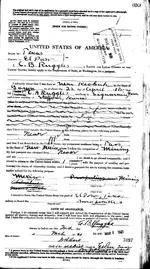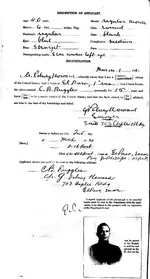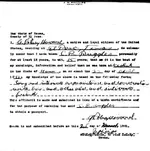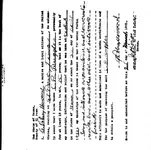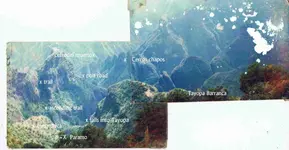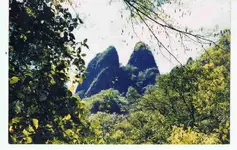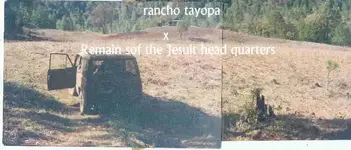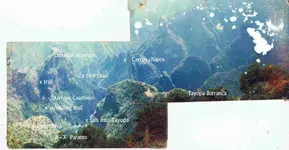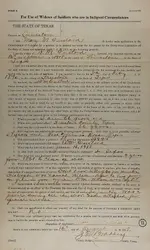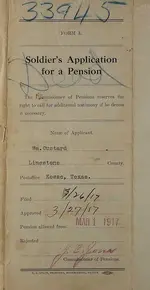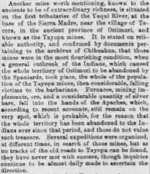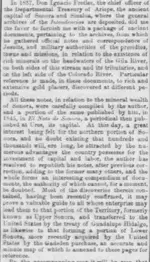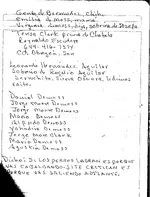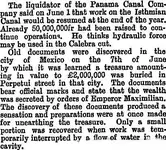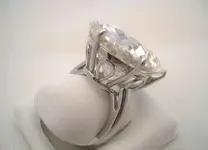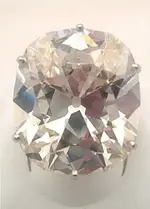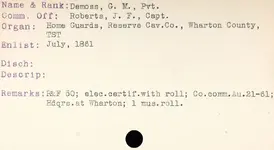Corporate Investigations
Sr. Member
- Joined
- Aug 23, 2013
- Messages
- 468
- Reaction score
- 1,438
- Golden Thread
- 0
- Primary Interest:
- All Treasure Hunting
- #61
Thread Owner
Hello Don Jose, lilorphannie, Orobanco
Thank you all for the very interesting information supplied. There much information for me to digest there. In light of Lilorphannie's statement I should make it clear also as I have no invested interested In TAYOPA other than my brief which was to try to find the locations of Tayopa documents..
However That is not to say I have not enjoyed the comments on this forum immensely. Clearly as you all have rightly pointed out in various comments that the evolution of Tayopa mining camp was just a little more complex than just another lost mine. As you comments are much appreciated as there was much I did not know, some for me is some what of crash course in Tayopa lore for me.
However I will endevour to answer you each individually.
Don Jose: Thank you for your interesting comments especially in regards to parishes and with the bits of information you have posted. I understand the complexities of being a discoverer of such a site and yet be in a complex position to get the maximum benefit from such a discovery. Mining History is full of discovers getting a raw deal over mining claims. So I think you have to play your cards well. And in regards to a possible treasure trove claim as Lilorphannie pointed out you have the potential to claim under treasure trove laws, providing you have some very good reliable evidence.
Oroblanco: Thank you kindly with the priceless information of various spelling variations of Tayopa. It of course creates complexities on its own as knowing which spelling variation applies to which era and which Tayopa as each respective mining are adopted variations of the Tayopa name.
lilorphannie: Thank you so much for comments about the Jesuit school, documents especially. I did not know about them. I knew about alleged documents, baptismal documents of Guadleupe de Tayopa second mining phase? via the claims of Carl Sauer a Californian Scholar who had learned that the documents was kept in Church of Bacadeguachi. he Also mentions documents of Tayopa Marriage Banns drawn up before 1700 in Arizpe.
Springfeild: Waiting so patiently for me to reply...
In regards to Dobie I am not trusting his claims to any great detail on his part or connection to the Tayopa story. Like many 20th century writers on treasure stories Dobie I believe stretched to the truth a little in some of his claims. James Frank Dobie loves stories the stories he writes as as folklorist and his unorthodox way of telling them is entertaining at least was well worth buying his books.
For example his claim he went with C B Ruggles to Mexico and searched for Tayopa? Being part of my modus operandi is check to see if there is any evidence of such claims.
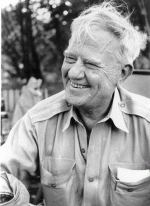
Corp
Thank you all for the very interesting information supplied. There much information for me to digest there. In light of Lilorphannie's statement I should make it clear also as I have no invested interested In TAYOPA other than my brief which was to try to find the locations of Tayopa documents..
However That is not to say I have not enjoyed the comments on this forum immensely. Clearly as you all have rightly pointed out in various comments that the evolution of Tayopa mining camp was just a little more complex than just another lost mine. As you comments are much appreciated as there was much I did not know, some for me is some what of crash course in Tayopa lore for me.
However I will endevour to answer you each individually.
Don Jose: Thank you for your interesting comments especially in regards to parishes and with the bits of information you have posted. I understand the complexities of being a discoverer of such a site and yet be in a complex position to get the maximum benefit from such a discovery. Mining History is full of discovers getting a raw deal over mining claims. So I think you have to play your cards well. And in regards to a possible treasure trove claim as Lilorphannie pointed out you have the potential to claim under treasure trove laws, providing you have some very good reliable evidence.
Oroblanco: Thank you kindly with the priceless information of various spelling variations of Tayopa. It of course creates complexities on its own as knowing which spelling variation applies to which era and which Tayopa as each respective mining are adopted variations of the Tayopa name.
lilorphannie: Thank you so much for comments about the Jesuit school, documents especially. I did not know about them. I knew about alleged documents, baptismal documents of Guadleupe de Tayopa second mining phase? via the claims of Carl Sauer a Californian Scholar who had learned that the documents was kept in Church of Bacadeguachi. he Also mentions documents of Tayopa Marriage Banns drawn up before 1700 in Arizpe.
Springfeild: Waiting so patiently for me to reply...
In regards to Dobie I am not trusting his claims to any great detail on his part or connection to the Tayopa story. Like many 20th century writers on treasure stories Dobie I believe stretched to the truth a little in some of his claims. James Frank Dobie loves stories the stories he writes as as folklorist and his unorthodox way of telling them is entertaining at least was well worth buying his books.
For example his claim he went with C B Ruggles to Mexico and searched for Tayopa? Being part of my modus operandi is check to see if there is any evidence of such claims.

Corp



 ? So I checked United States passport applications 1795 to 1925. Although the passport data base ends available ends at 1925. it is possible he could of applied for one after 1925 hence on another roll. And it is fair to speculate that he could passed through a rather lax border post back then. there is no evidence i have at this stage to support the claim that Dobie has ever visited Mexico?
? So I checked United States passport applications 1795 to 1925. Although the passport data base ends available ends at 1925. it is possible he could of applied for one after 1925 hence on another roll. And it is fair to speculate that he could passed through a rather lax border post back then. there is no evidence i have at this stage to support the claim that Dobie has ever visited Mexico?